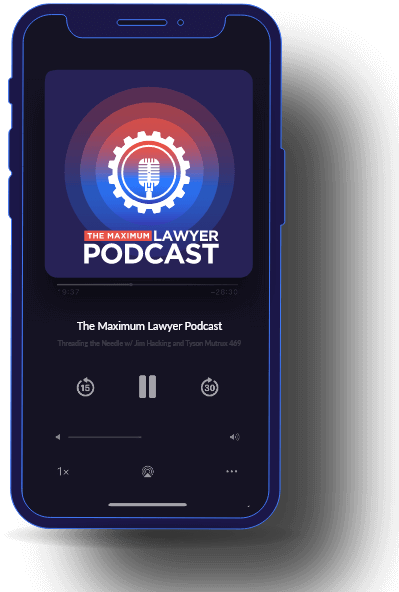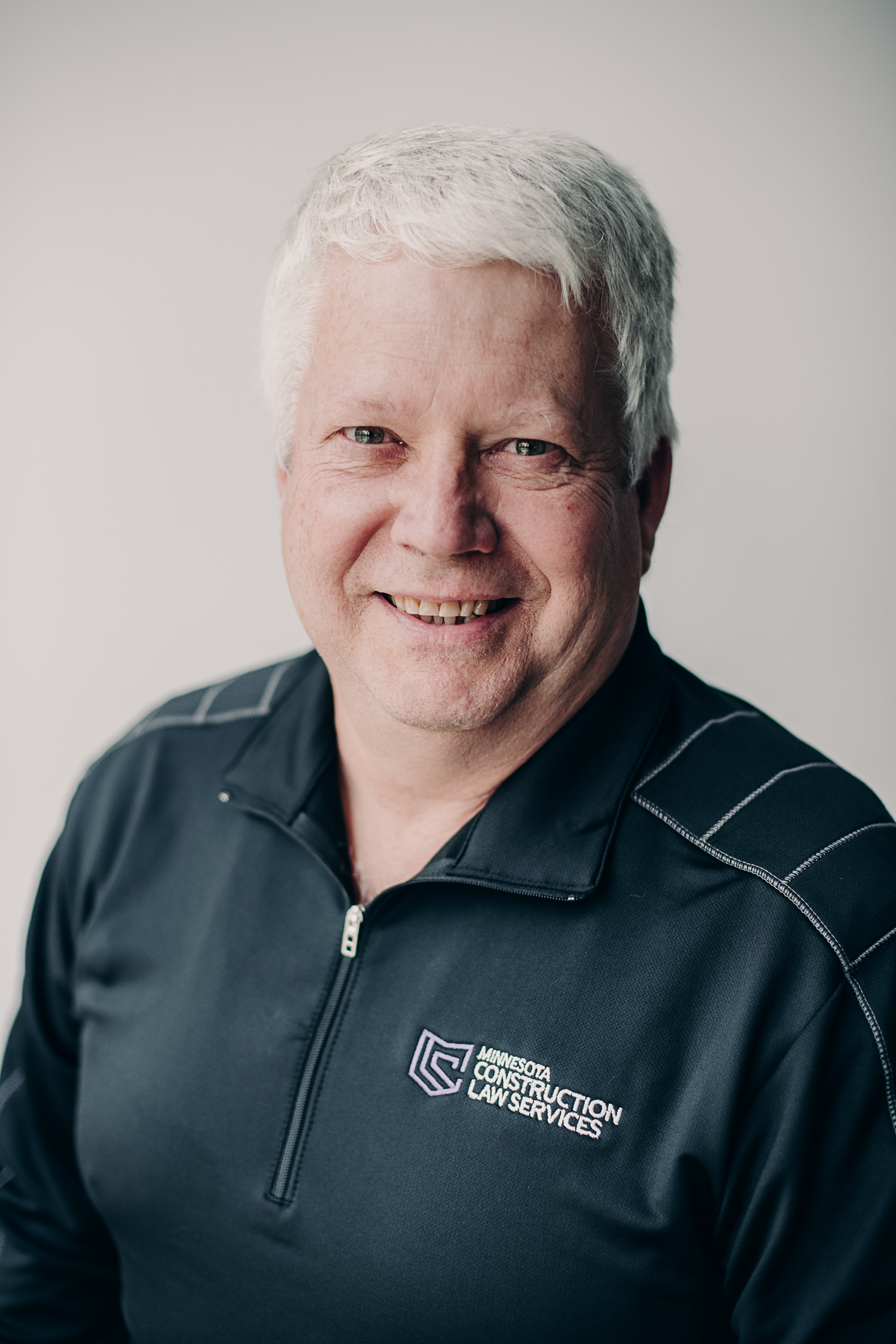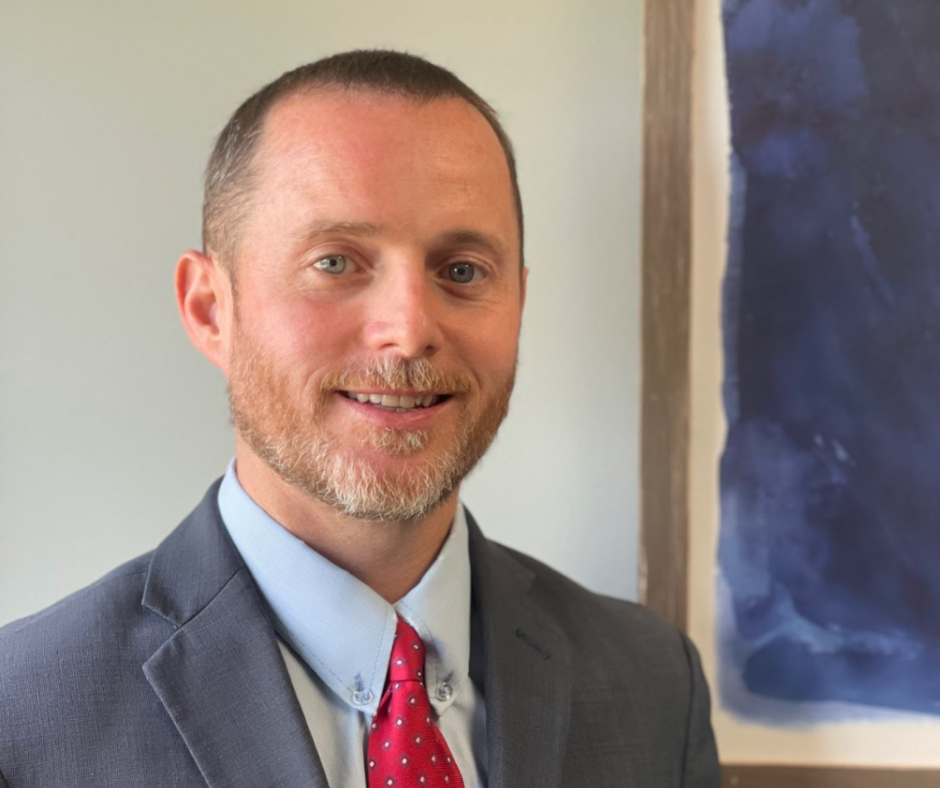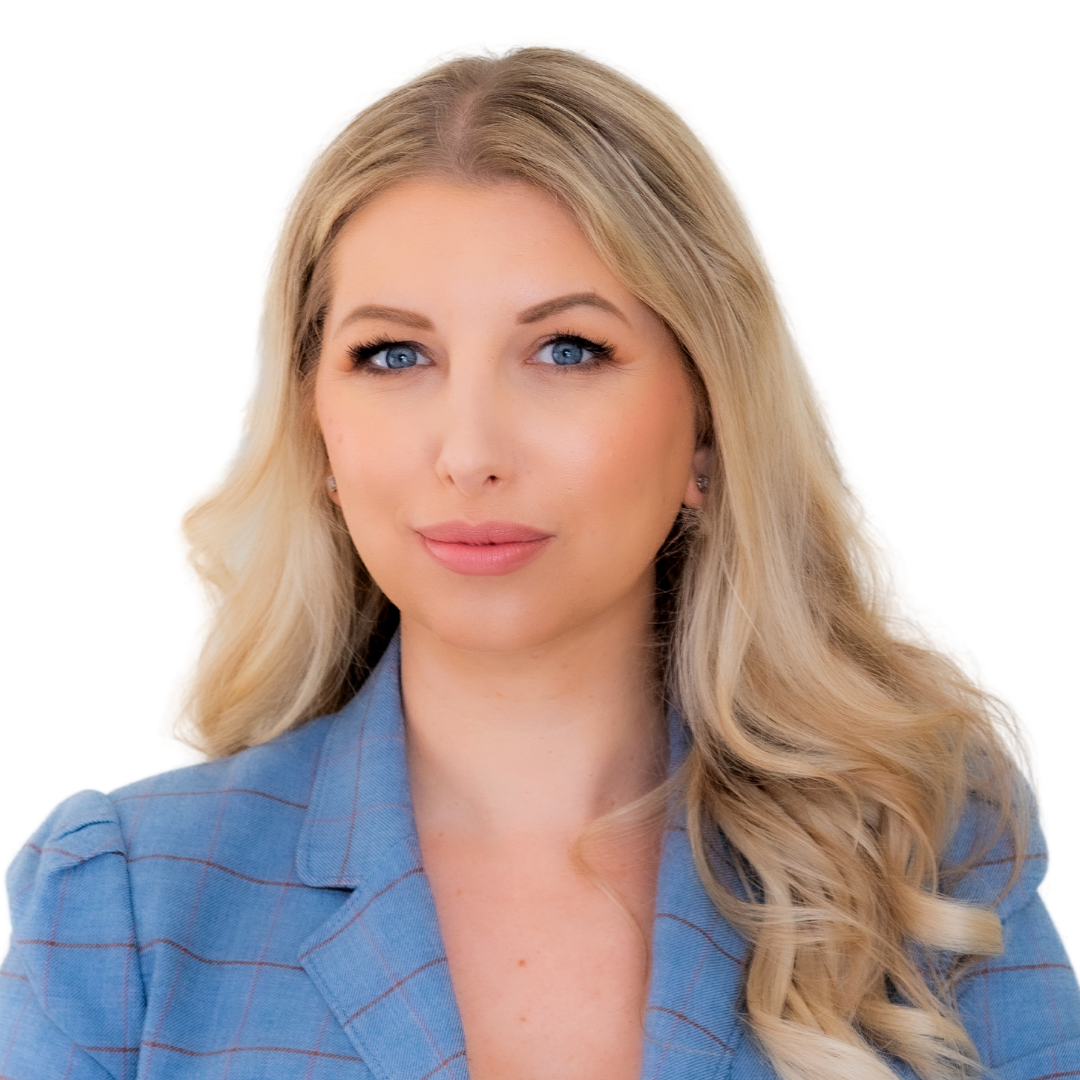Are you someone who is looking to transition into law? In this engaging podcast episode, Jim and Tyson sit down with Bill Gshwind of Minnesota Construction Law, who shares his unique journey into law after a 25-year tenure in business.
In this episode, Jim and Tyson interview Stuart Bell, on of the co-founders of 90minutebooks.com; a process that allows you to get a book produced professionally in 90 minutes. They will talk about how it works and how it can help your business!
90minutebooks is a marketing organization dedicated to helping you make invisible leads visible by capturing your unique message in the pages of a book. Whether you're looking to develop new business, nurture relationships with people you already engage or open doors previously stuck closed, your book is one of your greatest assets.
https://uk.linkedin.com/in/mrstuartbell
Here’s Stuart’s podcast: https://www.90minutebooks.com/podcast/
Stuart recorded a follow up to go through the more specific parts of the mind map we didn’t get chance to cover. Some great info there for anyone looking to do this themselves. It should add some real value to anyone who’s interested.
It’s up at www.90minutebooks.com/ml
Hacking’s hack: GARY VAYNERCHUK has changed his podcast! Check it out! https://www.garyvaynerchuk.com/podcast/ Very motivational stuff!
Tyson’s tip: Outsourcing/Delegation. Tyson has been outsourcing his medical record summaries and this has helped him a lot! He found this assistance through Upwork!
Stuart’s suggestion: www.noodlesoft.com, this is on machine automation (mac only unfortunately). It as a level of local file manipulation that ties in with Zapier (move files locally & then end up in a monitored Zapier folder to trigger other things).
Thanks so much for listening to the show! If you want to know more about this and keep on maximizing your firm, please join our Facebook group: https://www.facebook.com/groups/403473303374386/ or like us on Facebook: https://www.facebook.com/MaximumLawyerPodcast/ and comment!
You can also go to https://maximumlawyer.com/ or, if you’d prefer, email us at: [email protected]
Do you want to get on the show? Shoot us an email or message us!
The Maximum Lawyer Podcast. Partner up, and maximize your firm.
Guild Membership
Free Access to Stage 1 of Maximum Lawyer in Minimum Time
Sign Up Today!Customer Reviews
4.9 out of 5
Join Our Facebook Group
Enjoy Exclusive Access To Stage One Of The Maximum Lawyer In Minimum Time Course
Privacy Policy
This privacy policy has been compiled to better serve those who are concerned with how their ‘Personally Identifiable Information’ (PII) is being used online. PII, as described in US privacy law and information security, is information that can be used on its own or with other information to identify, contact, or locate a single person, or to identify an individual in context.
Please read our privacy policy carefully to get a clear understanding of how we collect, use, protect or otherwise handle your Personally Identifiable Information in accordance with our website.
What personal information do we collect from the people that visit our blog, website or app?
When ordering or registering on our site, as appropriate, you may be asked to enter your name, email address or other details to help you with your experience.
When do we collect information?
We collect information from you when you register on our site, place an order, subscribe to a newsletter, Use Live Chat, Open a Support Ticket or enter information on our site.
How do we use your information?
We may use the information we collect from you when you register, make a purchase, sign up for our newsletter, respond to a survey or marketing communication, surf the website, or use certain other site features in the following ways:
- To personalize your experience and to allow us to deliver the type of content and product offerings in which you are most interested.
- To improve our website in order to better serve you.
- To allow us to better service you in responding to your customer service requests.
- To quickly process your transactions.
- To send periodic emails regarding your order or other products and services.
- To follow up with them after correspondence (live chat, email or phone inquiries)






